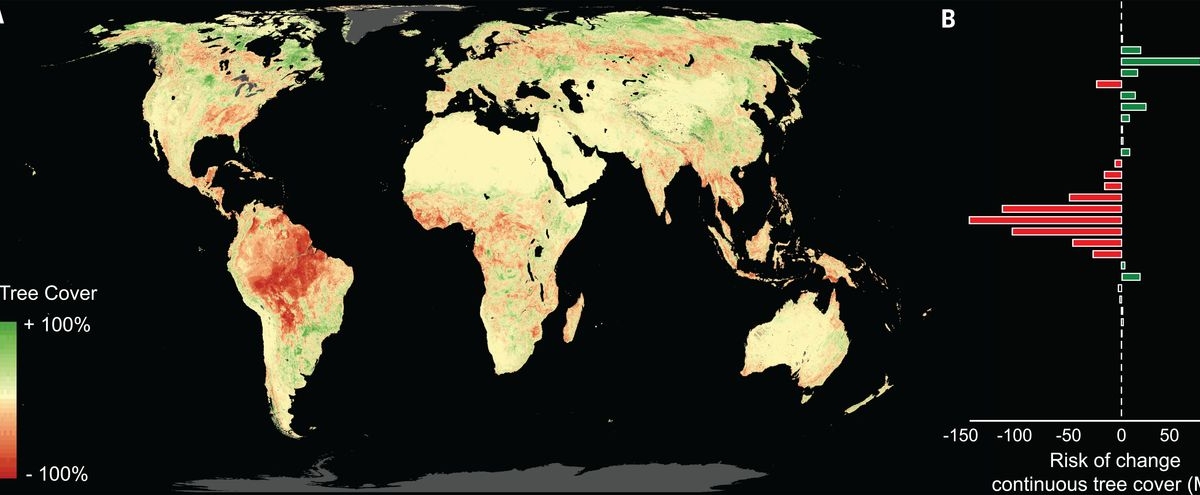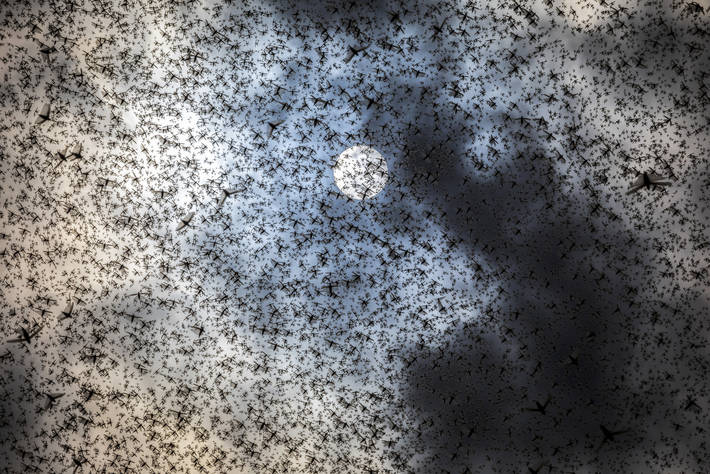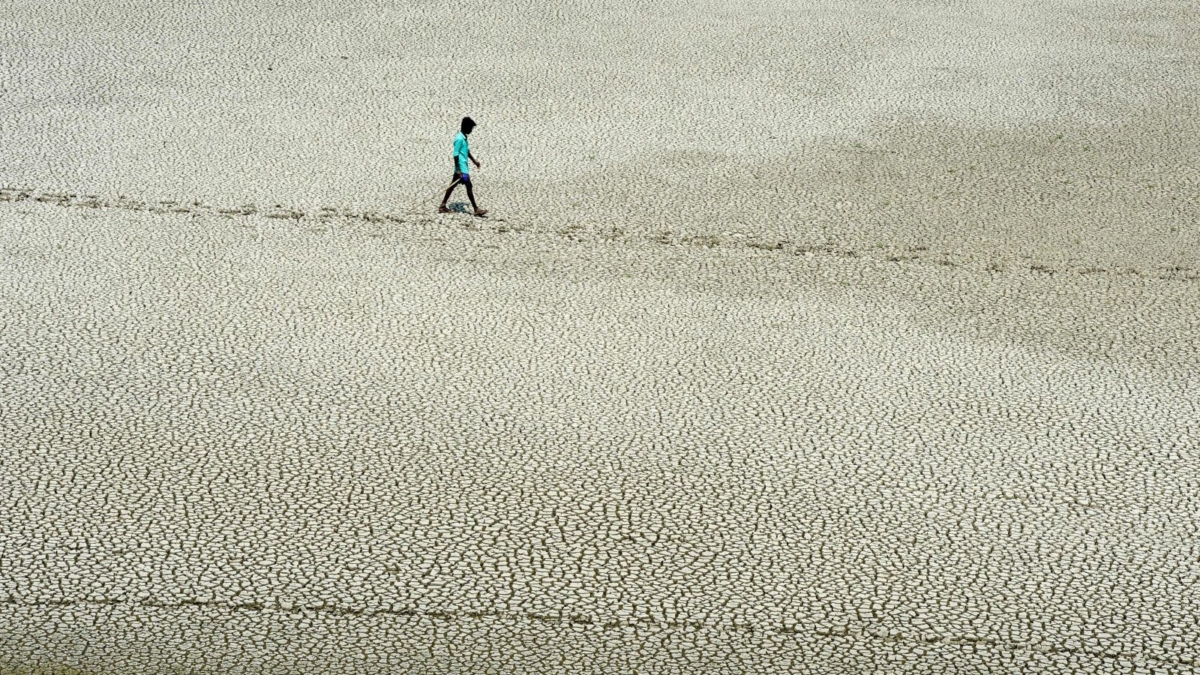Bloodshed looms in the Amazon unless Brazil government protects Indigenous peoples from illegal land seizures and logging – “Brazil’s Indigenous peoples and their land face enormous threats and the situation will soon become untenable in the dry season”
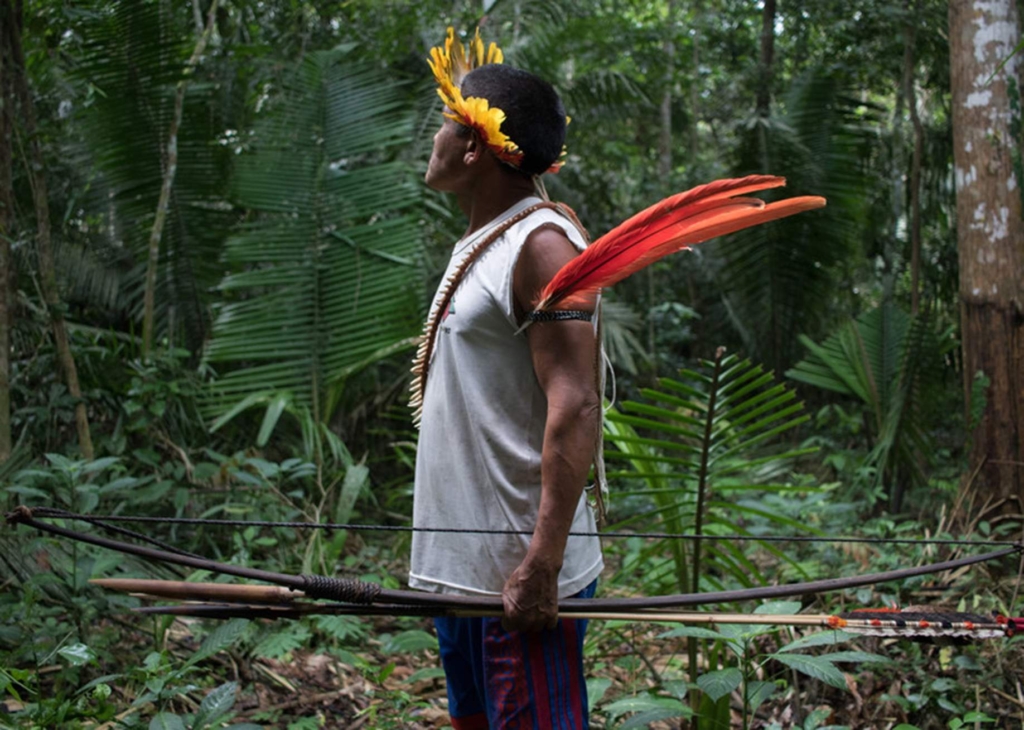
7 May 2019 (Amnesty International) – There is an imminent risk of violent clashes in Brazil’s Amazon region unless the government protects Indigenous peoples’ traditional lands from increasing illegal land seizures and logging by armed intruders, Amnesty International warned today.
Amnesty International recently visited three different Indigenous territories in northern Brazil where illegal intruders had begun or expanded efforts to seize land and/or cut down trees. Indigenous leaders told the organization that they had received death threats for defending their traditional lands. They also fear new intrusions in the dry season (May/June to October/November) when easier physical access to forests facilitates clearance and burning.
“Brazil’s Indigenous peoples and their land face enormous threats and the situation will soon become untenable in the dry season,” said Richard Pearshouse, Senior Crisis and Environment Advisor for Amnesty International.
“The government must protect Indigenous peoples who are defending their land, or blood will be shed.”
In April 2019, Amnesty International interviewed 23 Indigenous people in three territories in northern Brazil: Karipuna and Uru-Eu-Wau-Wau in Rondônia state, and Arara in Pará state. Amnesty International also interviewed 13 people knowledgeable about intrusions in Indigenous territories, including government officials, Public Prosecutors and representatives of non-governmental organizations.
“When I heard about the invasion, I was scared because it is very close to the village. I had never seen one so close. I was afraid they would come here. I couldn’t sleep anymore. There were gunshots during the night for several nights. I was scared. I put the children to sleep, but I couldn’t sleep.”
22-year-old Uru-Eu-Wau-Wau woman describing an intrusion by some 40 illegal intruders into Uru-Eu-Wau-Wau territory in January 2019
According to representatives of non-governmental organizations and authorities, intruders are often local individuals who are encouraged and supported to occupy plots of land and/or sell the timber by local farmers and politicians.
Indigenous peoples in some territories conduct patrols to monitor and protect their land from these intrusions. As the intruders are often armed, there is a high risk of violent clashes with Indigenous peoples.
In all three sites, Indigenous leaders have repeatedly denounced recent illegal land seizures and logging to government authorities. However there have been only limited responses from government authorities, and illegal land seizures and logging have continued.
An intrusion by some 40 illegal intruders into Uru-Eu-Wau-Wau territory in January 2019 resulted in a government surveillance operation in the area a few days later in which one person was arrested and later released. A much larger intrusion into Uru-Eu-Wau-Wau territory followed, in April 2019, estimated to involve many hundreds of illegal intruders. A government surveillance operation led to two people being arrested a week after the April intrusion.
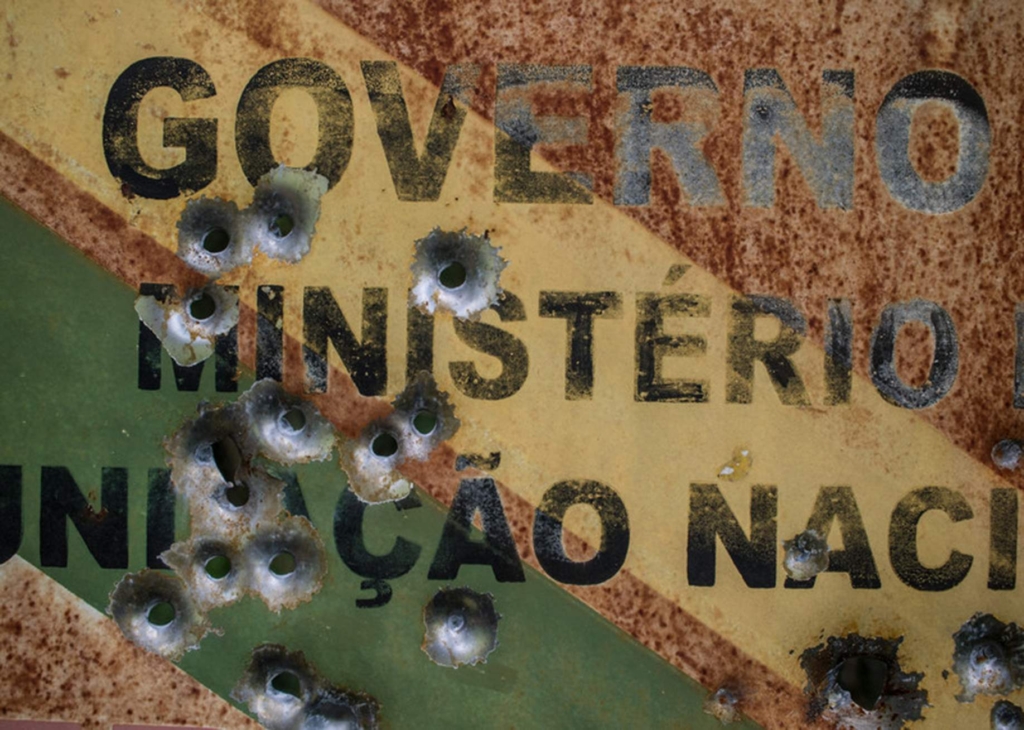
Gunshots during the night
Indigenous peoples from all three territories told Amnesty International that illegal intruders had recently cut new paths into the forest near their villages and roads. In some territories they also described frequently hearing sounds of tractors and chainsaws inside the territories.
A 22-year-old Uru-Eu-Wau-Wau woman described how she felt in the days after the intrusion in January 2019:
“When I heard about the invasion, I was scared because it is very close to the village. I had never seen one so close. I was afraid they would come here. I couldn’t sleep anymore. There were gunshots during the night for several nights. I was scared. I put the children to sleep, but I couldn’t sleep.”
Amnesty International’s researchers observed traces of roads and paths inside the Indigenous territories previously used by intruders, as well as pictures and videos of markers delineating plots and paths, and a tractor carrying timber.
A Karipuna leader told Amnesty International about fears the situation may escalate to violent clashes in the dry season:
“They [the illegal intruders] left a message that we [the Indigenous leaders] should not walk in their paths, we would disappear … If government doesn’t protect the territory, a tragedy between intruders and Indigenous might happen. During the dry season, intrusions will increase even more because authorities haven’t taken any measures.”
The government’s response to these illegal land seizures and logging remains inadequate. The surveillance of Indigenous territories depends in large part on coordination among different governmental bodies. Brazil’s National Indian Foundation (FUNAI) lacks police powers and relies on the support from other institutions, such as the Brazilian Institute of Environment and Renewable Natural Resources (IBAMA) and the Federal Police (Polícia Federal). Experts told Amnesty International that surveillance operations have been reduced because of budget constraints over recent months.
Indigenous people expressed their frustration to Amnesty International that few intruders are held accountable, while experts highlighted the need to investigate those supporting and funding the illegal land seizures and logging.
Between January and April 2019, the Federal Public Prosecutor’s office (Ministério Público Federal) sent at least four letters to the Ministries of Justice and Women, Family and Human Rights – the Ministry responsible for the National Indian Foundation (FUNAI) since January 2019 – describing a deterioration of the security situation in the Karipuna and Uru-Eu-Wau-Wau territories and warning of a risk of conflict. The office requested the immediate support from the National Security Force (Força Nacional) while authorities develop a long-term protection plan for the territories.
To date, the Ministries of Justice and Women, Family and Human Rights have not coordinated with the National Security Force to protect the Karipuna and Uru-Eu-Wau-Wau territories and the long-term protection plan remains unresolved.
“Unless FUNAI and the other authorities step up the fight against illegal land seizures and logging, violent clashes between Indigenous peoples and intruders are incredibly likely,” said Richard Pearshouse.
“The government should promptly affirm its commitment to the protection of Indigenous territories and ensure they are respected.”
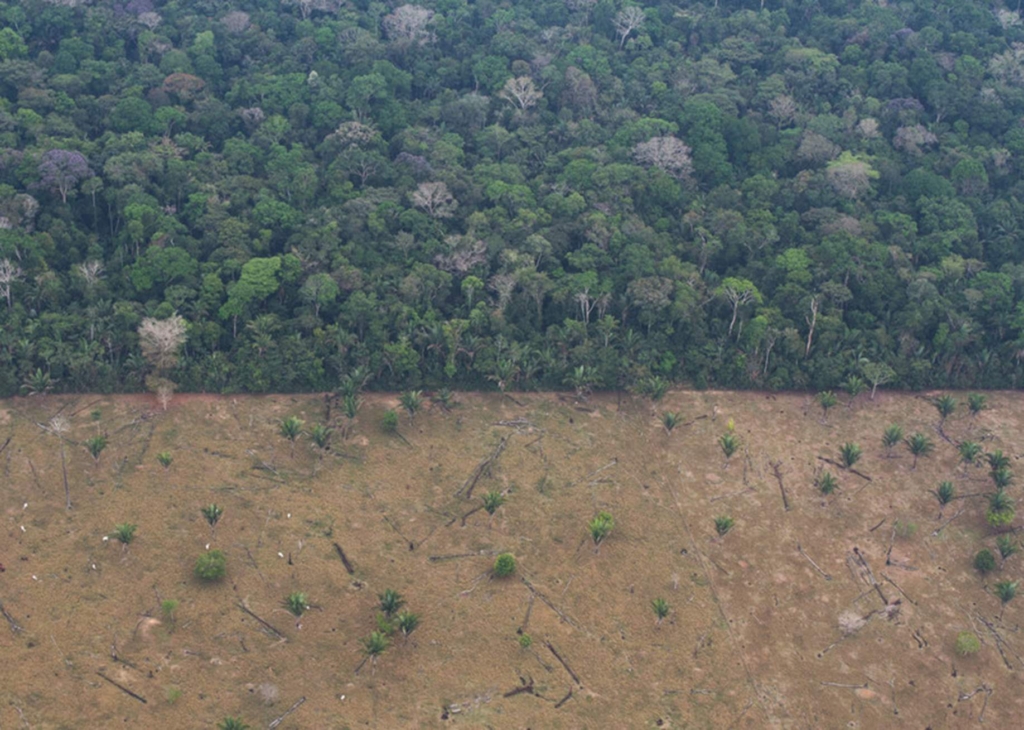
Deforestation in Indigenous territories worsens
Illegal land seizures and logging are usually less common in rainy season (October/November to May/June) than dry season (May/June to October/November). The NGO Imazon has reported the loss of 12 square kilometres of forest inside Indigenous territories in the Amazon during the first three months of the year. This represents a 100% rise compared to the same period in 2018.
Studies indicate that, where traditional lands of Indigenous peoples are primary forests, demarcation of Indigenous territories can play a protective role against deforestation. Conserving primary forests is key in the fight against climate change because when forests are cleared or burnt, stored carbon is released into the atmosphere mainly as carbon dioxide.
“Protecting the human rights of Indigenous peoples is key to preventing further deforestation in the Amazon. The international community should be watching carefully and supporting those Indigenous communities on the front lines of the fight to protect the world’s most precious forests,” said Richard Pearshouse. [more]
